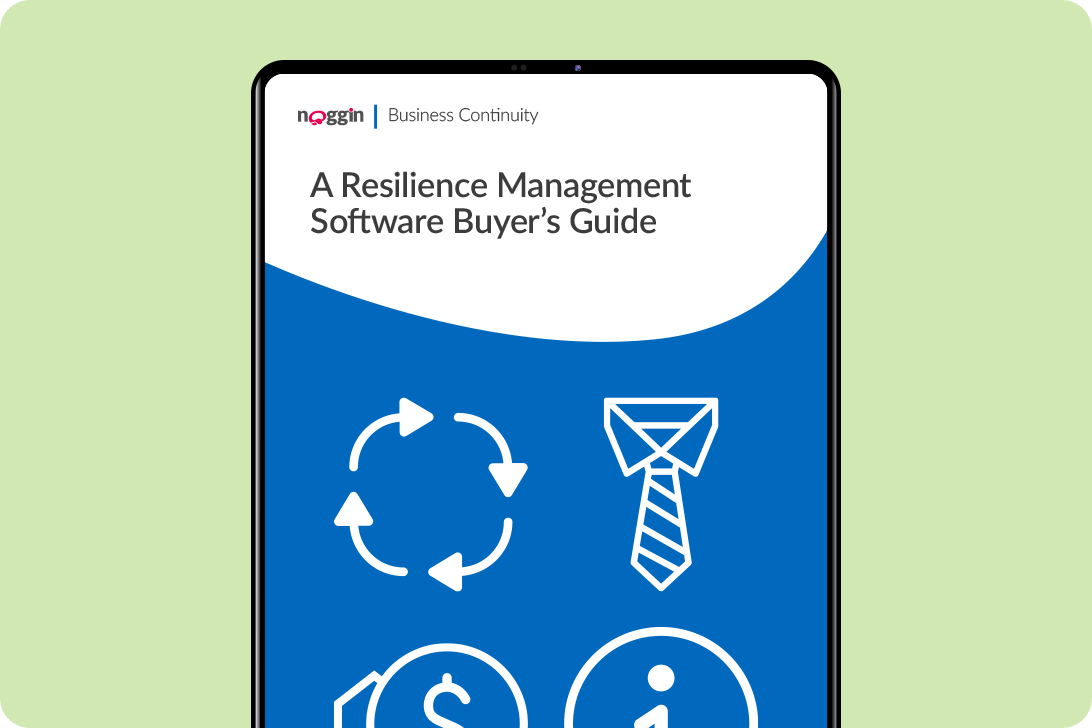Request a Demo
Fill in the form below and we will contact you shortly to organised your personalised demonstration of the Noggin platform.
Meet Noggin
An integrated resilience workspace that seamlessly integrates 10 core solutions into one, easy-to-use software platform.
The Noggin Platform
The world's leading integrated resilience workspace for risk and business continuity management, operational resilience, incident & crisis management, and security & safety operations.
Industries
Explore Noggin's integrated resilience software, purpose-built for any industry.
Developing an Effective Permit to Work System
Best Practice Guide
An introductory guide for originators, issuing and performing authorities, permit users, and authorizers
Involved in hazardous operations and other forms of non-routine work? Then you understand the need to implement stringent, work risk controls that go above and beyond safe work protocols for routine jobs. Indeed, statutory requirements in your work jurisdiction are probably pushing you toward taking formalized steps to mitigate the manifold work health and safety risks associated with dangerous jobs.
An essential (and often legally mandated) feature of control of work, the permit to work process represents one of those concrete steps stakeholders can (and should) take to control work deemed potentially hazardous, specifically high-risk operations that fall under the following categories:
- Work within confined spaces
- Work at height
- Work involving the use of hazardous/dangerous substances
- Work where heat may be used or generated
- Work which may generate sparks or other sources of ignition
- Work which may involve breaking containment of a flammable, toxic, or other dangerous substance and/or pressure system
- Work on high voltage electrical equipment
- Well work
- Diving
- Pressure testing
- Any operation requiring additional precautions or personal protective equipment
Download the full guide to continue reading >>



